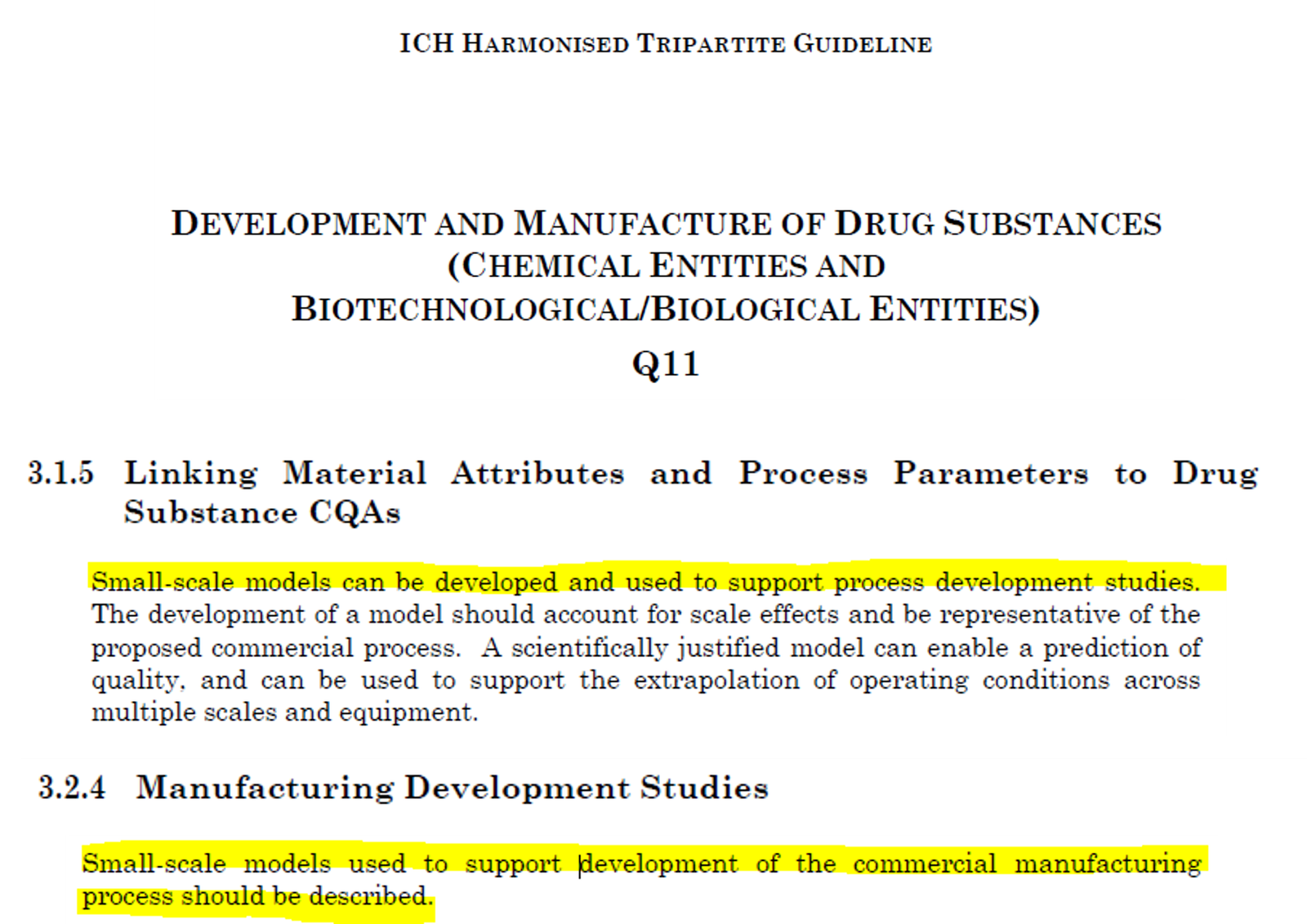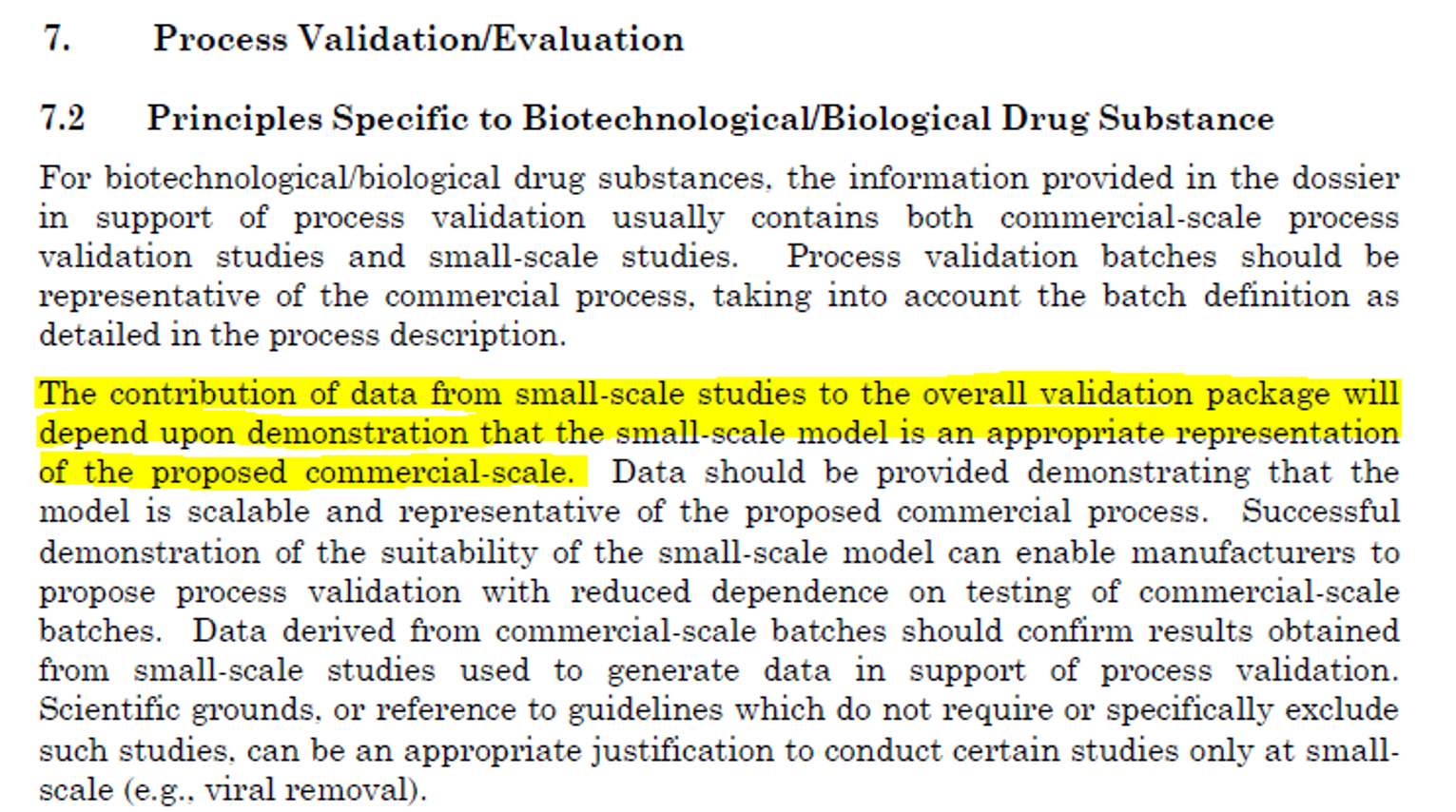Linear (or logarithmic) scalability is a core feature and advantage of the G-Rex® technology.
G-Rex devices strategically maintain the same geometry (10mL/cm2) and materials (e.g. silicone membrane) across all devices, providing developers with a true platform that enables continuity across departments, functions, and scale.
Linear scalability is first described by Bajgain et. al. (right) where it is demonstrated that yield, densities, fold expansions, and metabolite concentrations are comparable across varying G-Rex of small (5cm2), mid (100cm2), or large (500cm2) surface area.
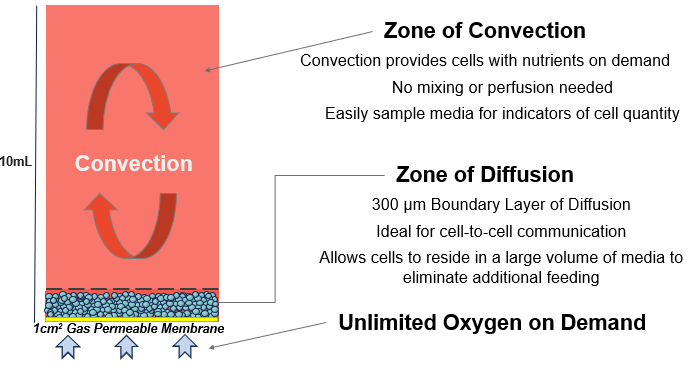
Panel (a)

G-Rex 5M

G-Rex 100M
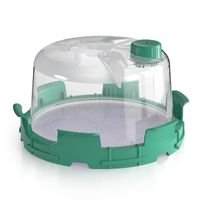
G-Rex 500M
The G-Rex is linearly scalable. Panel (a) shows schematic diagrams of the G-Rex5M, 100M, and 500M (to scale). Panel (c) shows the final cell density (cells/cm²) achieved in a G-Rex5M, G-Rex100M, and G-Rex500M after 12 days of culture. Panel (d) shows the expansion profile of K562 cells in three different G-Rex devices (G-Rex5M, 100M, and 500M) between days 0 and 12. Panel (d) shows the fold expansion of the cells cultured in G-Rex5M, 100M, and 500M devices. Panel (e) illustrates the glucose consumption by K562 cells cultured in G-Rex5M, G-Rex100M, and G-Rex500M over 13 days of culture.
G-Rex offers CGT developers and manufacturer’s the widest design space in the industry – by far.
G-Rex devices are linearly scalable from 2cm2 to 500cm2, enabling process and product continuity from an input as little as 1×106 cells to an output of 209 cells.
- Aligns R&D, PD/AD, MSAT across the same foundational cell culture platform.
- Maintain continuity in drug product candidates and assets
- Cost & time efficient continuous improvement by leveraging a Qualified Reduced Scale Model
How does G-Rex's linear scalability coalesce with official CGT guidance?
The FDA has previously provided guidance to preclinical developers of investigational cellular and gene therapy products (CGT) stating that “the investigational CGT product that will be administered to the patient population should be used in the definite preclinical studies“.
G-Rex’s linear scalability enables preclinical developers to produce representative drug product at phase appropriate scale.
Leveraging G-Rex’s linear scalability facilitates the most time and cost efficient preclinical development approach in accordance with the FDA guidance.
FDA Guidance for Industry
Preclinical Assessment of Investigational Cellular and Gene Therapy Products
“When possible, the investigational CGT product that will be administered to the patient population should be used in the definitive preclinical studies.⁷”
FDA Draft Guidance on CMC changes and comparability studies also implies the importance linear scalability because it will “decrease the likelihood of delays…when the manufacturing process is scaled up“.
True linear scalability enables drug developers to predictably oscillate between various scales, design expansive Design of Experiments (DoE), expeditiously generate comprehensive comparability data packages, and drive continuous improvement and efficient change management.
FDA Guidance for Industry
Manufacturing Changes and Comparability for Human Cellular and Gene Therapy Products
“To facilitate manufacturing changes during rapid clinical development, CGT product manufacturers should ensure that the pace of product development is aligned with the stage of clinical development. For example, if you initiate clinical studies using product generated by a manufacturing process designed with a potential for scalability, this will help decrease the likelihood of delays later in clinical development when the manufacturing process is scaled up.”
The ICH Guideline on Pharmaceutical Development (Q8) describes the concept of a “design space” in early pharmaceutical development and how this can be leveraged for a flexible regulatory and CMC strategy.
Describing “the relationship between process inputs and the critical quality attributes” requires robust process understanding. Leveraging G-Rex’s linear scalability to set up many small-scale predictive replicates is the most time/cost efficient approach to defining the design space – the first step in pharmaceutical development.
Moreover, the ICH explicitly states that “Scaling factors can also be included if the design space is intended to span multiple operational scales” and that “applicants should consider the type of operational flexibility desired [when describing a design space]”
Operational flexibility is a must when developing and manufacturing CGT drug product and G-Rex’s linear scalability is a critical enabler in this area.
ICH HARMONISED TRIPARTITE GUIDELINE
PHARMACEUTICAL DEVELOPMENT
Código: Q8(R2)
Versión: Current Step 4 version dated August 2009
2.4 Design Space
The relationship between the process inputs (material attributes and process parameters) and the critical quality attributes can be described in the design space (see examples in Appendix 2).
2.4.2 Describing a Design Space in a Submission
2.4.3 Unit Operation Design Space(s)
The applicant can choose to establish independent design spaces for one or more unit operations, or to establish a single design space that spans multiple operations. While a separate design space for each unit operation is often simpler to develop, a design space that spans the entire process can provide more operational flexibility. For example, in the case of a drug product that undergoes degradation in solution before lyophilisation, the design space to control the extent of degradation (e.g., concentration, time, temperature) could be expressed for each unit operation or as a sum over all unit operations.
2.4.4 Relationship of Design Space to Scale and Equipment
When describing a design space, the applicant should consider the type of operational flexibility desired. A design space can be developed at any scale. The applicant should justify the relevance of a design space developed at small or pilot scale to the proposed production scale manufacturing process and discuss the potential risks in the scale-up operation.
If the applicant proposes the design space to be applicable to multiple operational scales, the design space should be described in terms of relevant scale-independent parameters. For example, if a product was determined to be shear sensitive in a mixing operation, the design space could include shear rate, rather than agitation rate. Dimensionless numbers and/or models for scaling can be included as part of the design space description.
The ICH Q5E on Comparability & Manufacturing Changes is explicit that “knowledge from…small-scale evaluation/validation studies” can be included as information to aid in the assessment of comparability.
Moreover, a “Qualified Reduced Scale Model” has been accepted by the regulatory agencies as a tool used in expansive Design of Experiments (DoE) such as those found in formal comparability studies.
The ability to scale down 1/10th, 1/20th, or 1/50th and run multi-variate experiments with predictability to clinical or commercial scale is fundamental advantage of G-Rex and a necessary tool for expeditious development and continuous improvement that all CGT sponsors need to have.
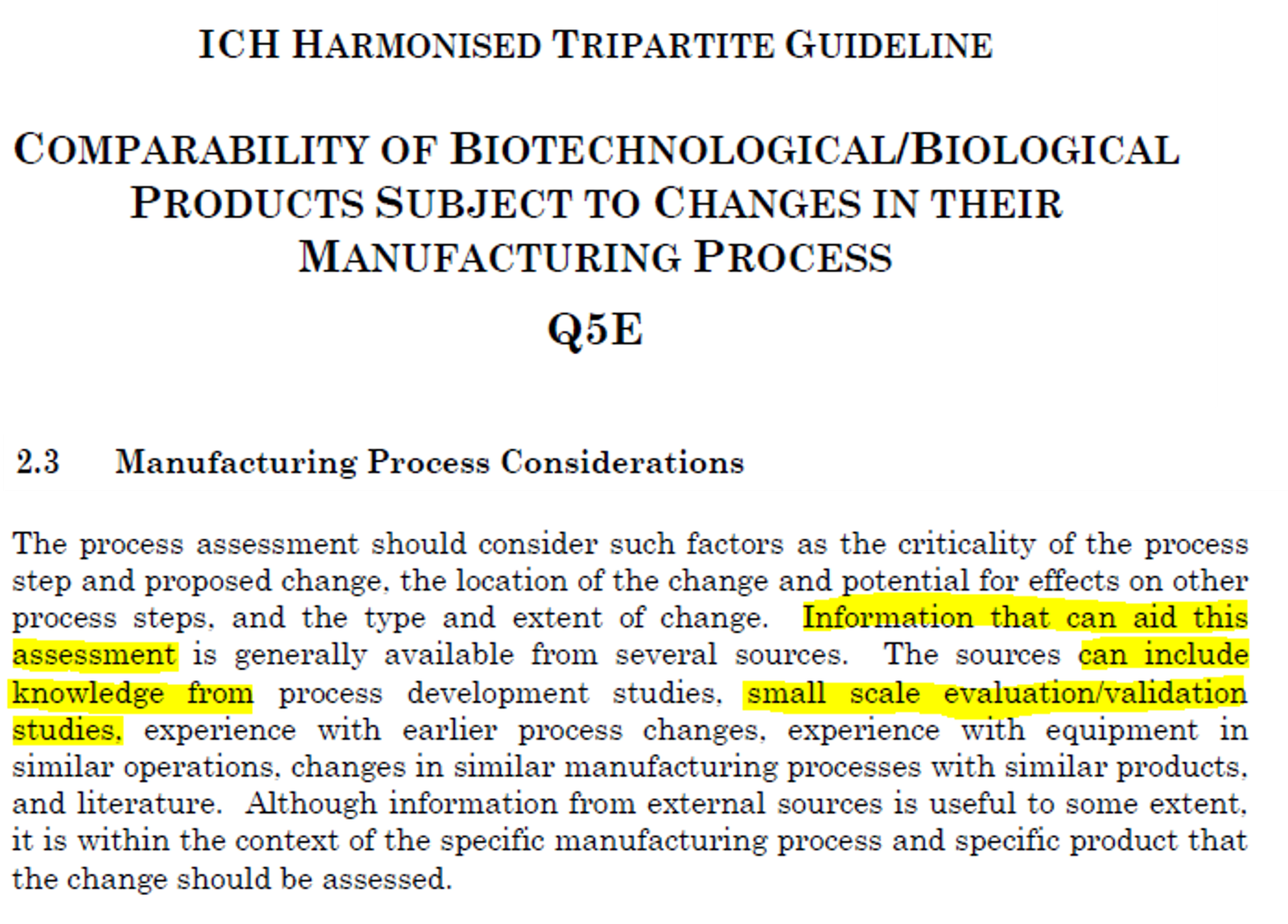
The ICH Q11 for late-stage pharmaceutical development mentions multiple times that small-scale models can be used to support the development and validation of commercial processes.
G-Rex is the only technology that comes with a linearly scalable design space capable of generating comparable drug product at logarithmically increasing scale.
A close read of the ICH documents makes it clear that the advantage of G-Rex’s linear scalability can and should be leveraged by CGT sponsors at all stages development:
- Pre-clinical development (ICH Q8)
- Early & late clinical development (ICH Q9-Q11)
- Post-approval & Commercial (Q12)
